Kramnik Microsense India Chess Program Day 9: Kramnik's soup theory
What is Kramnik's soup theory and what is its relevance for a chess player? The ninth and final day of the Kramnik-Microsense India Chess Program had arrived. It had been a great learning experience for the kids right from the first day. Kramnik ensured that his lessons of dynamic chess continued in full flow on the last day as well, as he showed two of his wins against Levon Aronian. We spoke to Vladimir about the program and got his thoughts on how he felt about this entire event. We also interviewed each of the six participants to understand what is it that they had learnt the most from the 14th World Champion. We also bring you some interesting pictures from Chens-Sur-Leman, and last but not the least, we have a final logical puzzle by Vladimir Kramnik for you to solve.

Kramnik's soup theory
"You all have to prepare your own soup," said Kramnik on the first day of the camp. The youngsters were confused. Aren't we here to learn about chess? "The soup", Kramnik continued, "is your thinking process in chess. Each chess player has his own recipe to make his own soup. Your aim should be to keep refining your recipe all the time to make the best possible soup. And in the process you should make sure that you use the finest of ingredients!"
If you think about it Kramnik's soup theory is quite deep. You have to constantly try and improve your recipe of the soup so that you get a better final product. The same is with chess. Your thinking process is made up of tactical ability, positional acumen, decision making skills, endgame knowledge, ability to control your nerves and so much more. You have to keep on working on them in order to create an excellent final product. In the process while you are doing so, you have to make sure that you use good ingredients to make your soup taste better. Hence, it is critical that you make use of good books, good softwares and in general high quality material. Because if you use lower quality ingredients, it is for sure that your soup will turn out to be of an inferior quality. And added benefit of this way of thinking is that you are not really fixated on the result and are all the time thinking about how you can improve as a player!
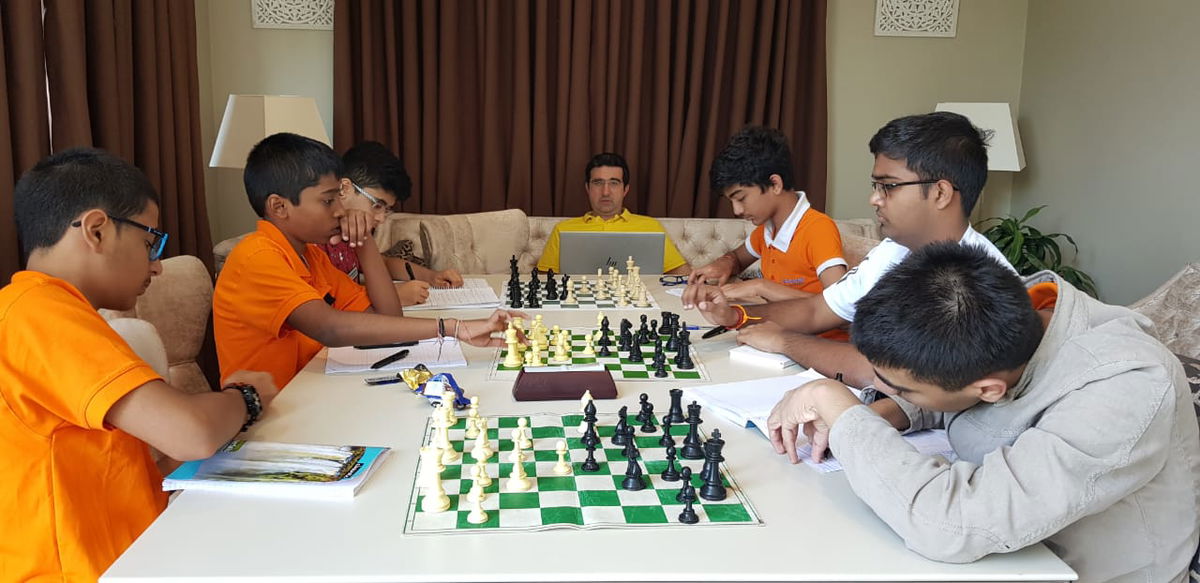
On the final day Kramnik continued with his lessons on dynamic play. He began with his game against Levon Aronian from his Zurich match in 2012. He then went on to show his game against Levon from the Candidates 2018. This was a powerful display by Kramnik where he showed how in order to play for a win in a must-win situation, you do not have to go for aggressive openings. You can play normal chess and then just keep the play going by looking at interesting plans and ideas. Here's the game annotated in the Mega Database by GM Michael Roiz. After attending Kramnik's lessons I have begun to realize the sheer depth in which these top players analyze. In the below analysis where at many places Roiz doesn't even pass a comment for a move, Kramnik made the boys go over 4-5 options. You begin to understand how much these world class GMs actually see in any given positions. It's just mind boggling!

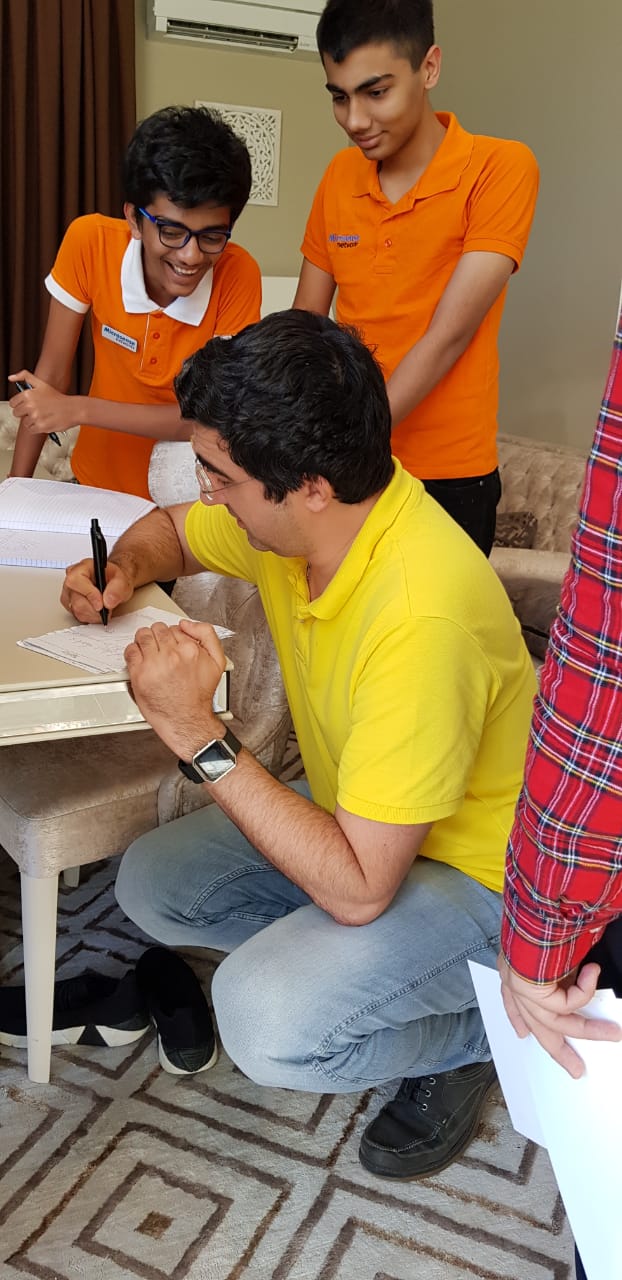
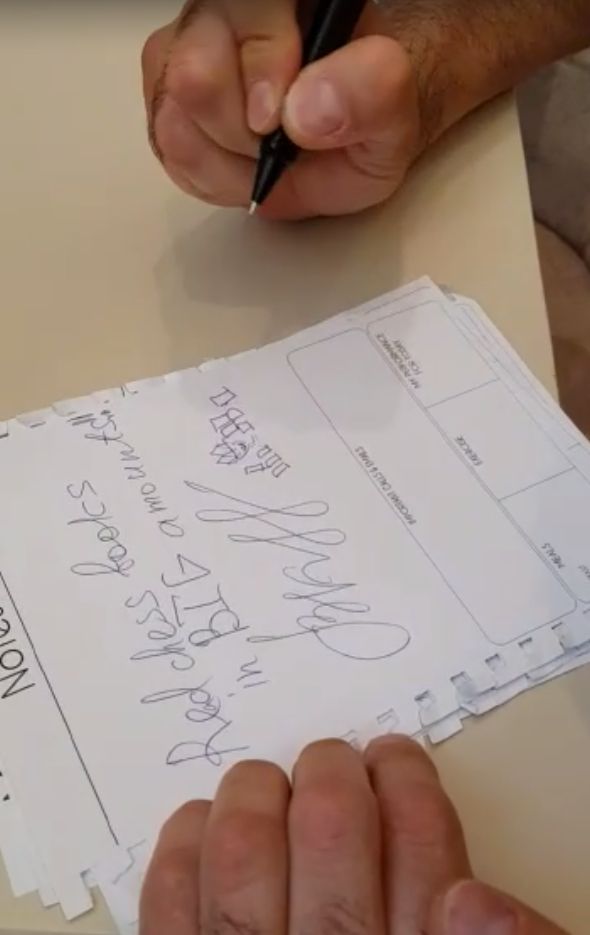

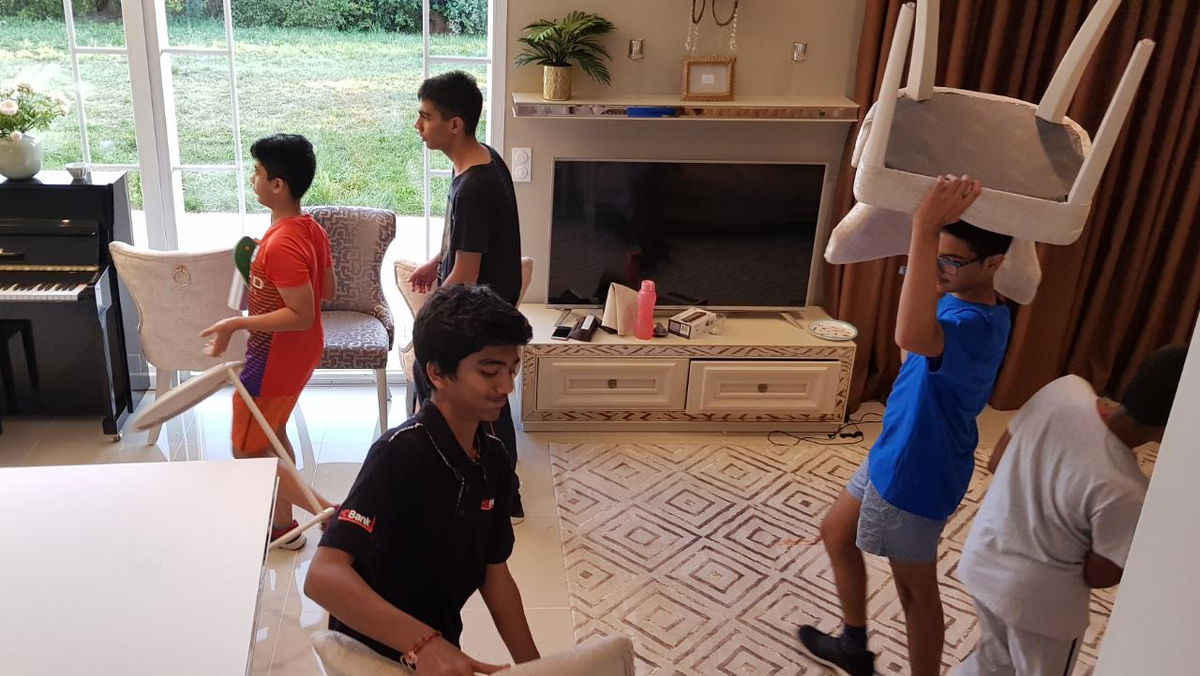
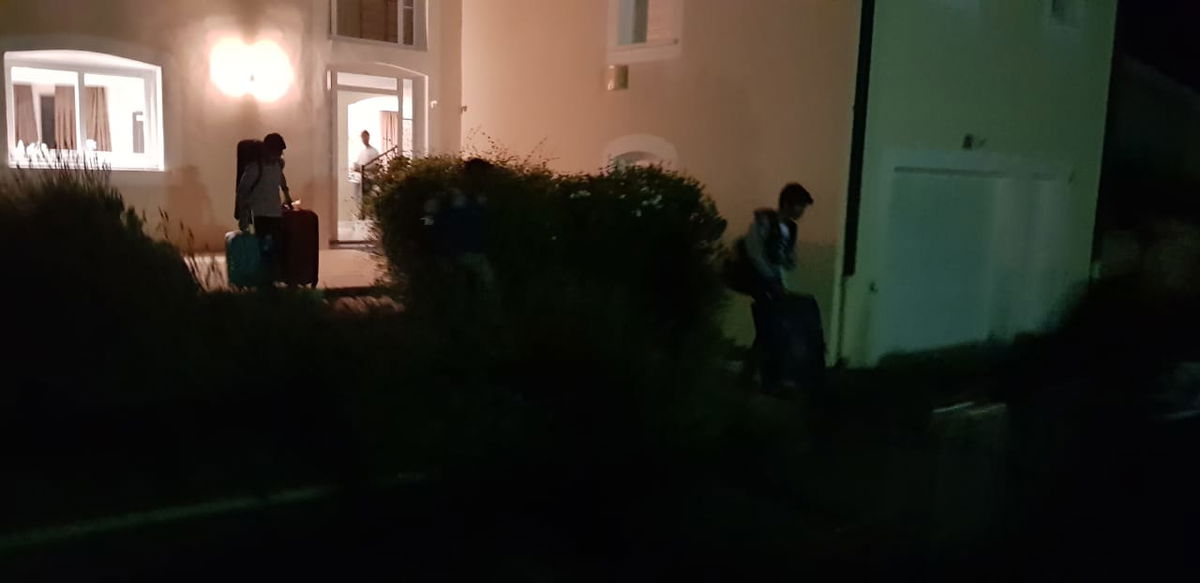
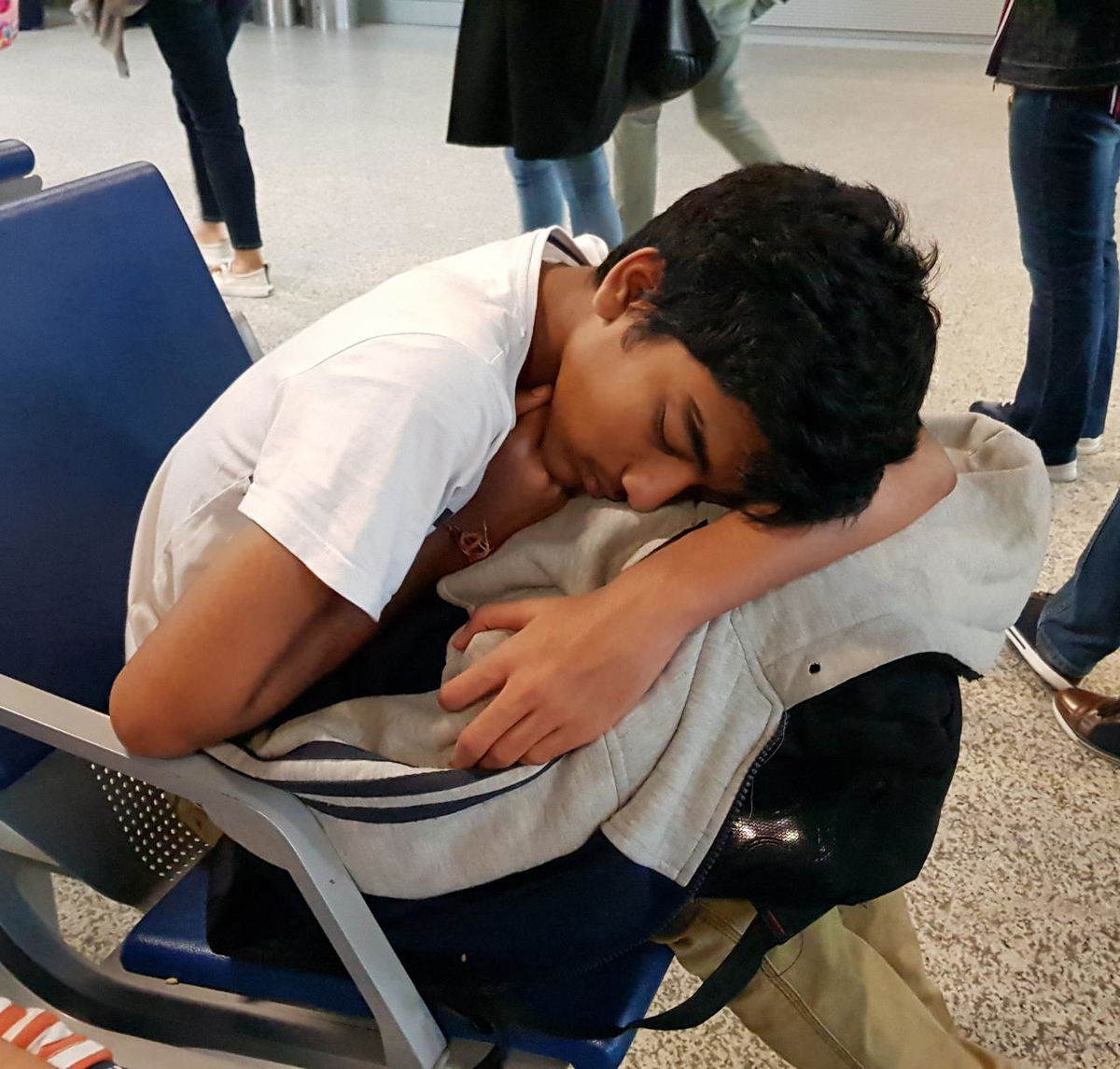


Kramnik's list of suggested books
Keeping in mind the analogy of the soup and its ingredients in mind, Kramnik told the youngsters that it is important to read from good books. Here are some of his recommended books:
1. Dvoretsky's Endgame Manual
2. All Kasparov books starting from the My Great Predecessors Series
3. Positional Decision Making and Dynamic Decision Making by Boris Gelfand
4. A book on Rubinstein by Yuri Razuvaev
5. Fire on Board books by Alexei Shirov
6. Books written on minor piece endgames by John Nunn and Karsten Mueller
7. Dvoretsky books in general
8. Practical rook endgames by Korchnoi
What did the youngsters learn from Kramnik?
After the camp ended I sat down together with all the youngsters and asked them what they learnt from the camp. It was interesting to see how everyone learnt something different.
Praggnanandhaa:
Pragg really liked the game between Ivanchuk and Kramnik for a number of hidden resources that were there in the game for both the sides. Here's one of the most interesting positions from the game:
Ivanchuk vs Kramnik, analysis variation
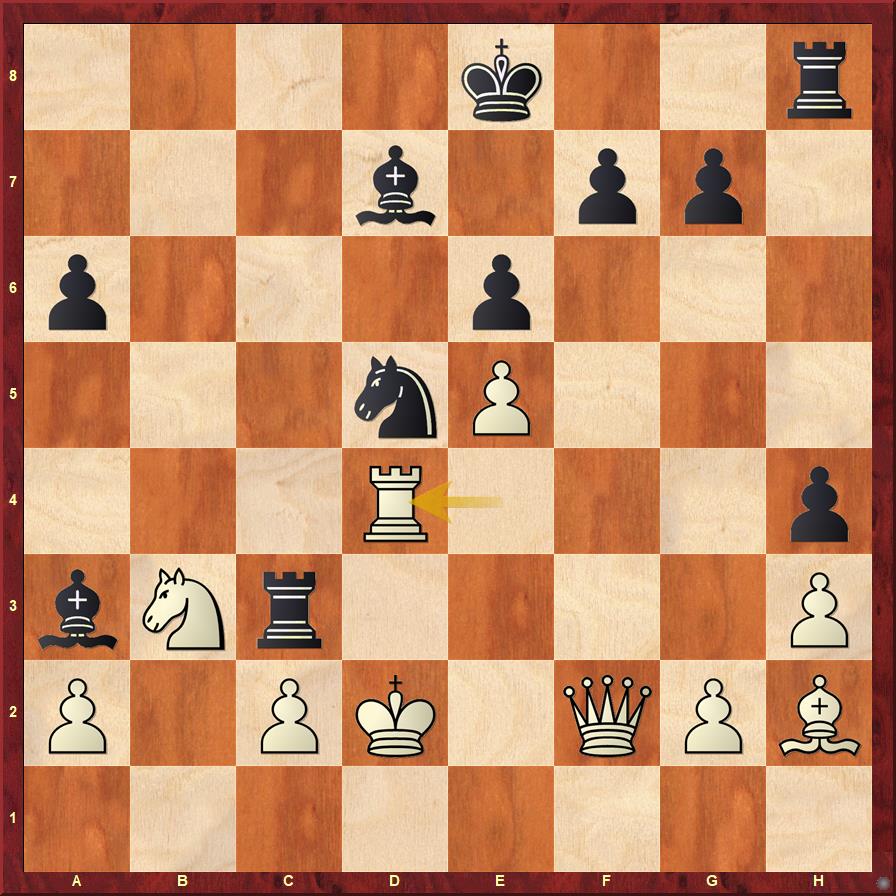
Gukesh:
Gukesh liked very much Kramnik's waiting approach that he employed against GM Georg Meier. Kramnik didn't do much, but in doing nothing, he was able to put his opponent in an uncomfortable situation where he had to make decisions. Georg couldn't keep holding his own in the positional battle and he quickly went downhill.
Kramnik vs Meier

Iniyan:
Kramnik's technique of grinding in positions with minimal material was greatly enjoyed by Iniyan.
Kramnik vs Eljanov
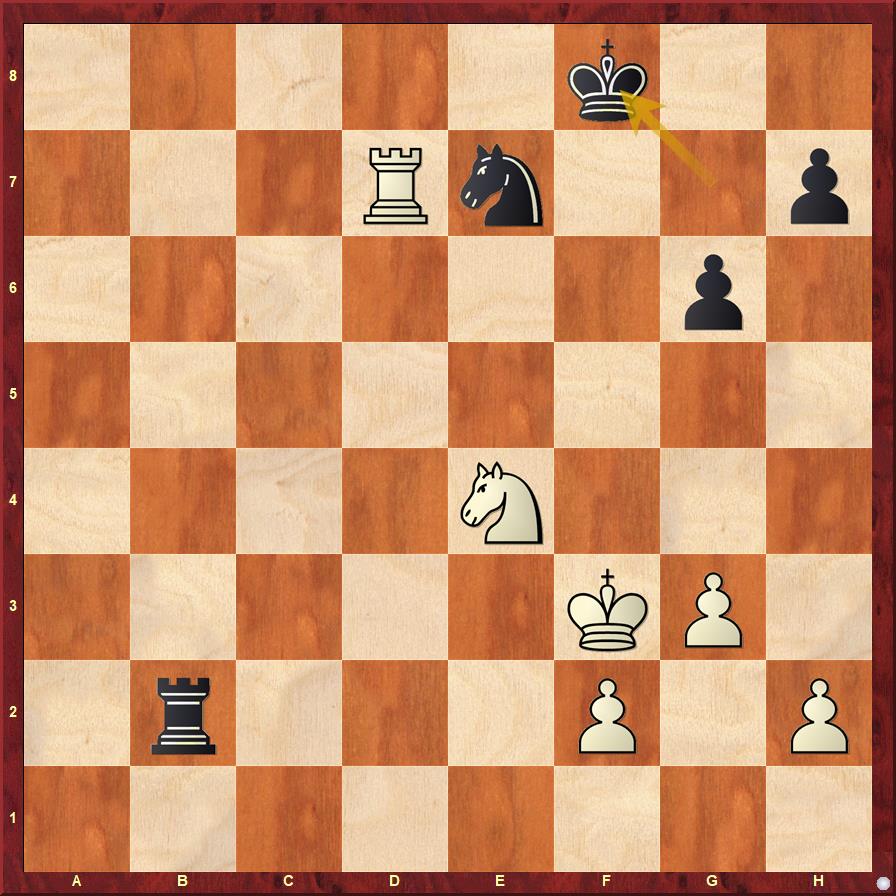
Converting such positions is an art. You don't have to hurry, but at the same time make sure that your opponent doesn't get any undue counterplay and lastly you must be ready to strike when the position is ripe!
Leon:
The difference between an equalish position and a drawish one is not big, but it is big enough for players like Kramnik to press.
Kramnik vs Grandelius

For example in his game against Grandelius everything seemed even. But Kramnik realized that it was now the right moment to strike and change the character of the game. For this he kept in mind the time control. Sometimes it is the most uncomfortable for your opponent when things change and he has less time on his clock. Kramnik also began to calculate variations in great depth, something that had not been required until this point in the game. The move that was chosen by Kramnik was 28.e4!?
Prithu:
Another game of creating something from nothing was Matlakov versus Kramnik and this was Prithu's choice.
Matlakov vs Kramnik
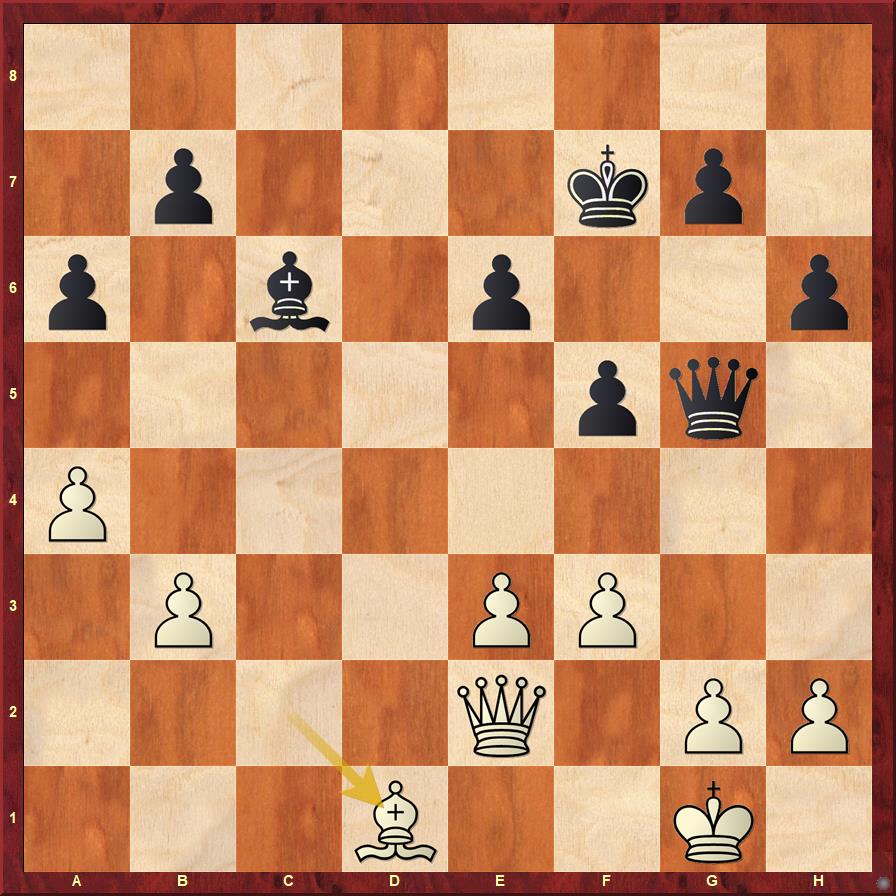
Black has no real advantage in this position. But the way in which Kramnik played with his pawns, first breaking with f5-f4, then fixing the queenside pawns with a6-a5, then fixing the kingside pawns with h6-h5-h4 was simply breathtaking. If there was someone who was an expert in making his opponents crack with equal positions on the board, it is definitely Vladimir Kramnik.
Raunak:
How to play when you want to win a game at all costs? Well, it is normal to assume that you should be playing an aggressive opening. Kramnik's though process is quite the contrary. He, in fact, went for an opening against Aronian that kept the tension on the board and simply gave his opponent no way to force exchanges and reach a dull position.
Kramnik vs Aronian
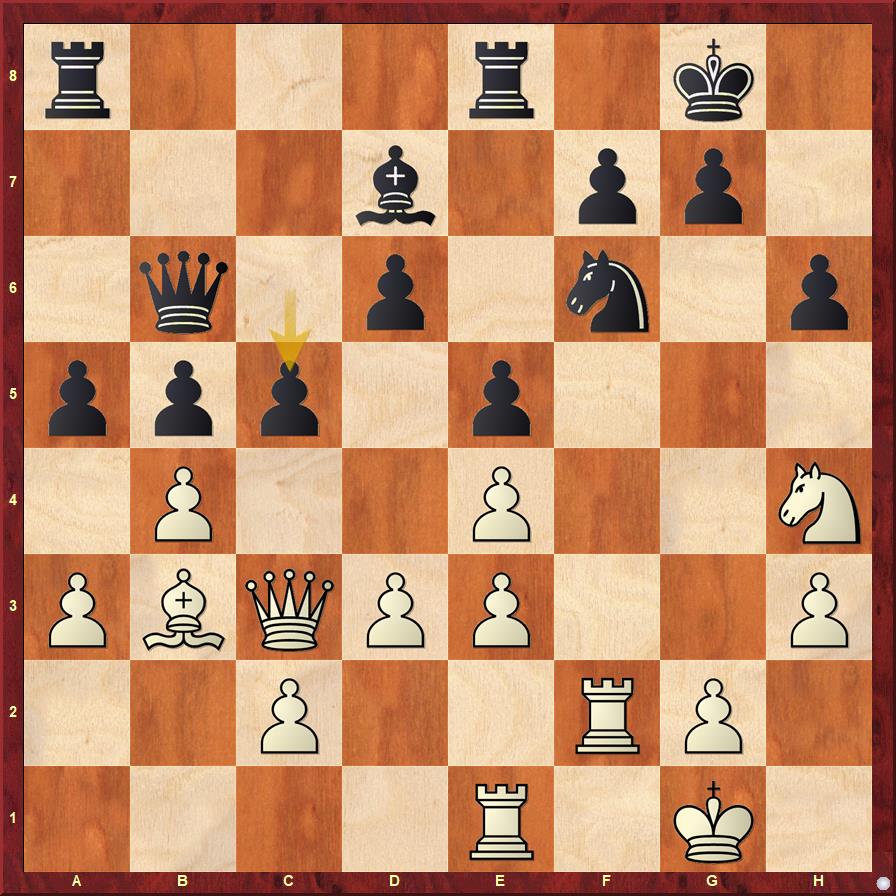
Aronian has just played ...c5. Kramnik now switched on his creative thinking and played the move Ref1! after cxb4, he got his queen back on e1, all ready to sacrifice his rook on f6 and move his queen to g3. This was really an imaginative attacking build up by Kramnik.
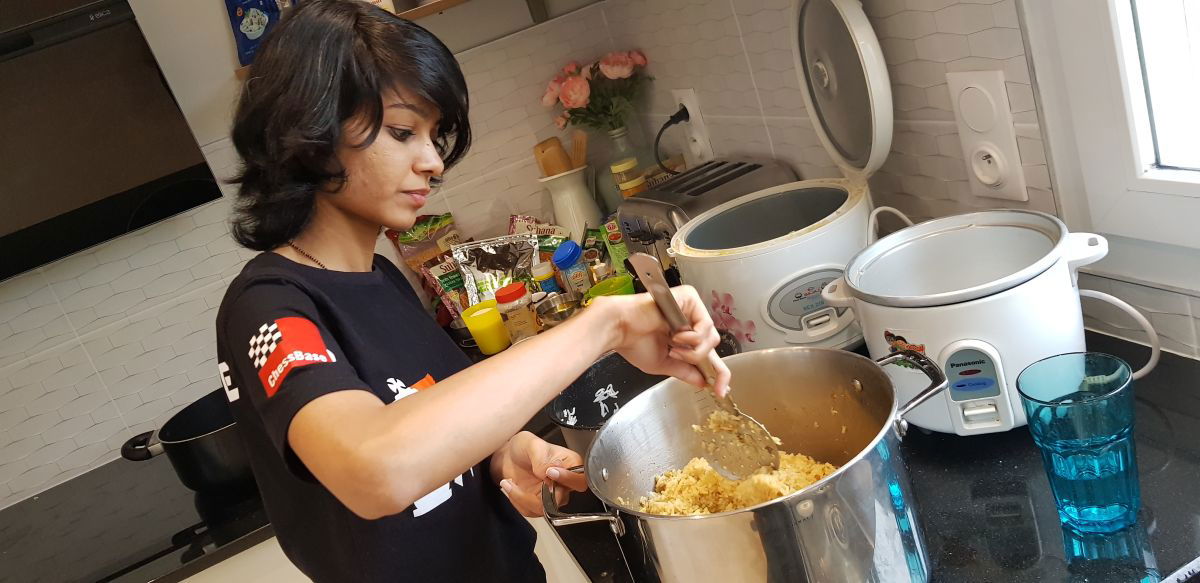
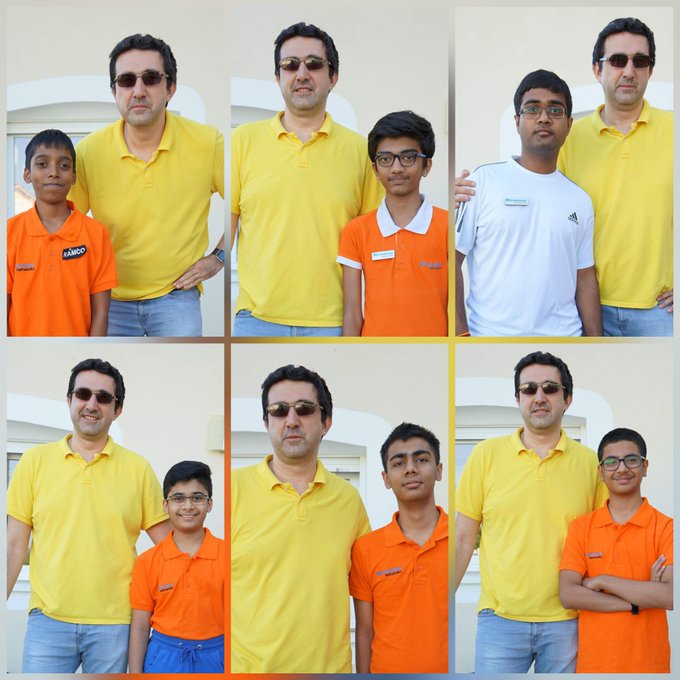
Kramnik's thoughts on the training prorgram:
After the training camp ended we did an interview with Kramnik about his thoughts on the training camp.

Speaking to ChessBase India Kramnik said, "I am quite satisfied with the amount of material that I covered in the camp and the attention that was shown by the students. My main aim of the session was to let these youngsters know how top level players think in strategic and tactical situations, to enrich them with serious high level experience. A lot of it comes with years, but it's better when someone teaches you general strategic things as to how people play at the highest level. The kids will start implementing it in their games once they learn and so the sooner they learn about it the faster their path will be to the top." When asked whether he had spotted a future World Championship level player among these talents, Kramnik said, "I have given a lot of material to these kids over the last few days. It is up to them to digest the material, to think about it and to use it future. This has only been the first camp, I hope that there would be more camps in the future. But in any case, the initial and very important seeds of development have been sown in the kids."
"I am thankful to Microsense and ChessBase for initiating this. I think it is my moral responsibility to help these talented kids. I am glad that there are some forces who are thinking in the same way, about our future, about our kids! When kids have a talent in chess, I think it is our duty as adults to help them realize it. In future these players would become the best in the world or even World Champions and I would be happy to know that my work contributed towards their success. It's tough work, but I enjoy it. Physically and mentally it was difficult for me, but emotionally it was very pleasant and the kids somehow became like a small family already!"
Solution to the previous question:
In the previous article we had asked you the following question:
You have two bags of 100 coins each. You have to make just one operation so that the coins in one bag is exactly the double of coins in the other bag.
Mind you:
1. You cannot cut the coins
2. You have to work with these 200 coins itself.
3. You cannot make more than one operation.
4. Coins cannot be thrown away. They have to be in one of the bags.
Answer:
According to Kramnik, the answer is very simple once you get to know about it, but somehow thinking about it in a linear way would get you nowhere. You have to creative with your thinking. The right answer is that you put one bag of coins inside the other! This would mean that the outer bag would have twice the number of coins of the inner bag! Simple isn't it!

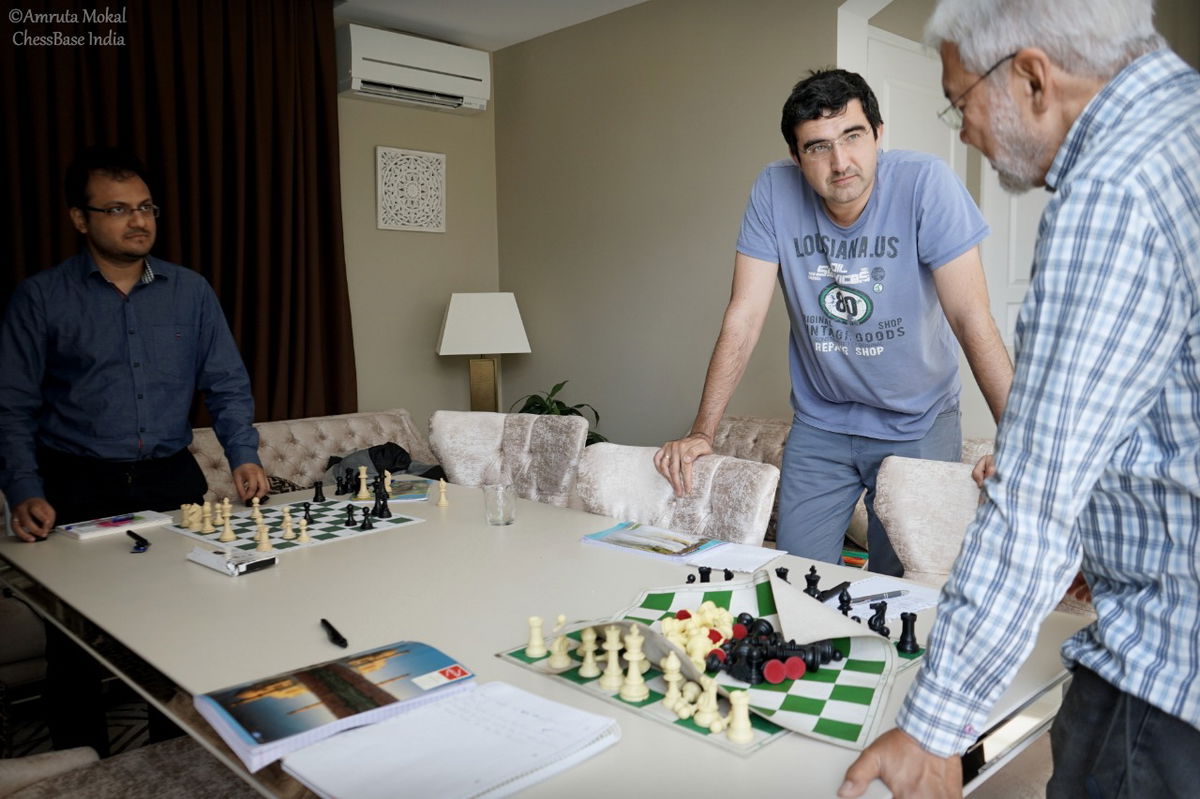
To all our readers who found the answer, congratulations! You did better than six of the brightest talents in Indian chess. To all those who couldn't solve it, don't despair! Here's another one by Kramnik! The final one!

Kramnik used these pins for the question - It's basically six (in roman numbers) = two. How can you move one pin from one place to another to get the equation working? Let us know your answers in the comments section below!























